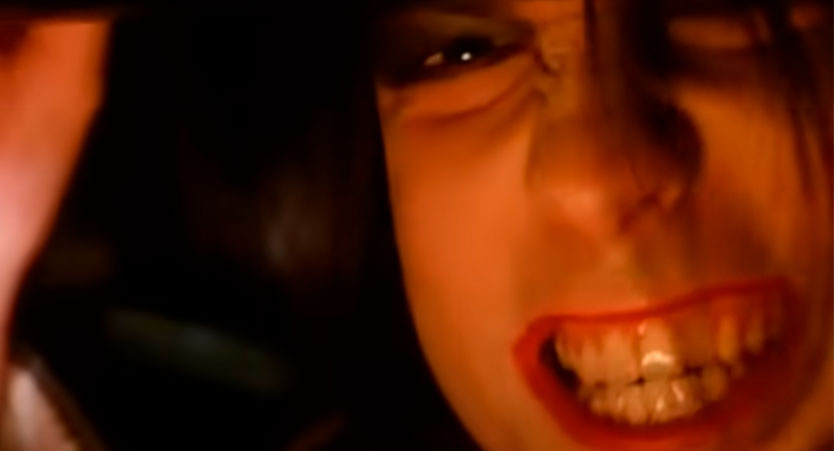Wrapped in Anxiety: The Cure’s “Close to Me”
While The Cure is often synonymous with gothic introspection and romantic despair, 1985’s “Close to Me” showed the band could channel their signature emotional intensity into something subtler, stranger — and disarmingly intimate. Released on 13 September 1985 as the second single from The Head on the Door, the track distills anxiety into pop form: catchy, minimalist, and unmistakably Cure.
A Quirky Yet Claustrophobic Sound
“Close to Me” arrived during a moment of reinvention for the band. Coming off the sonic sprawl of The Top and the earlier gloom of Pornography, The Head on the Door introduced a brighter, more eclectic Cure — but one still obsessed with inner turmoil. This track embodies that tension. With its muted drum taps, spare funk-leaning bassline, and syncopated keyboard melody, it feels both playful and constricted, like the walls are gently closing in.
Notably, the album version excludes any horns. A brass section — arranged by producer Dave Allen — was added to the single mix and music video version, giving later iterations a more baroque carnival energy. But the original remains a marvel of restraint.
Lyrics on the Edge
The opening lines — “I’ve waited hours for this / I’ve made myself so sick” — immediately set a tone of nervous anticipation. Robert Smith crafts the entire song from the vantage point of someone spiraling: uncertain, oversensitive, afraid to make a move. There’s no big emotional climax, just spiraling thoughts and tentative proximity.
What’s brilliant is how Smith’s hushed, almost breathless delivery mirrors the lyrics’ internal panic. He’s trying to hold it together, and we’re trapped in the moment with him. The titular phrase — “Close to me” — becomes both a desire and a trigger, symbolizing connection and claustrophobia all at once.
Though some have read the song as romantic, Smith has clarified that it’s more about paralyzing fear than affection — inspired by a childhood hallucination and a sense of looming doom.
The Music Video: Surreal Panic in a Wardrobe
Directed by Tim Pope, the unforgettable video places the band inside a wardrobe perched on a seaside cliff at Beachy Head. As the song progresses, the wardrobe tumbles into the ocean and begins to fill with water. The imagery — surreal and playfully macabre — underscores the song’s themes of emotional entrapment and impending disaster, all wrapped in deadpan absurdity. It’s peak Cure: dark, funny, and oddly elegant.
Reception and Legacy
Upon release, “Close to Me” peaked at No. 24 in the UK. A 1990 remix, featuring added percussion and brass, climbed even higher to No. 13, and gave the song new momentum across Europe. In the U.S., it reached No. 97 on the Billboard Hot 100, but found greater traction on alternative and college radio. The track has since gone platinum in the UK, and is widely regarded as one of The Cure’s most iconic singles.
It’s also been sampled, covered, and referenced by artists across genres — including Diplo, Foster the People, and 311 — testament to its quirky compositional legacy.
“Close to Me” is a masterclass in how to turn anxiety into art. Beneath its whimsical sounds is a tightly wound tension that never fully resolves. It’s not a love song — it’s a panic attack dressed up for the dancefloor, a moment of internal chaos disguised as pop minimalism.
And somehow, it still feels warm. Because if dread is inevitable, at least Robert Smith lets us dance through it — just barely holding it together.

